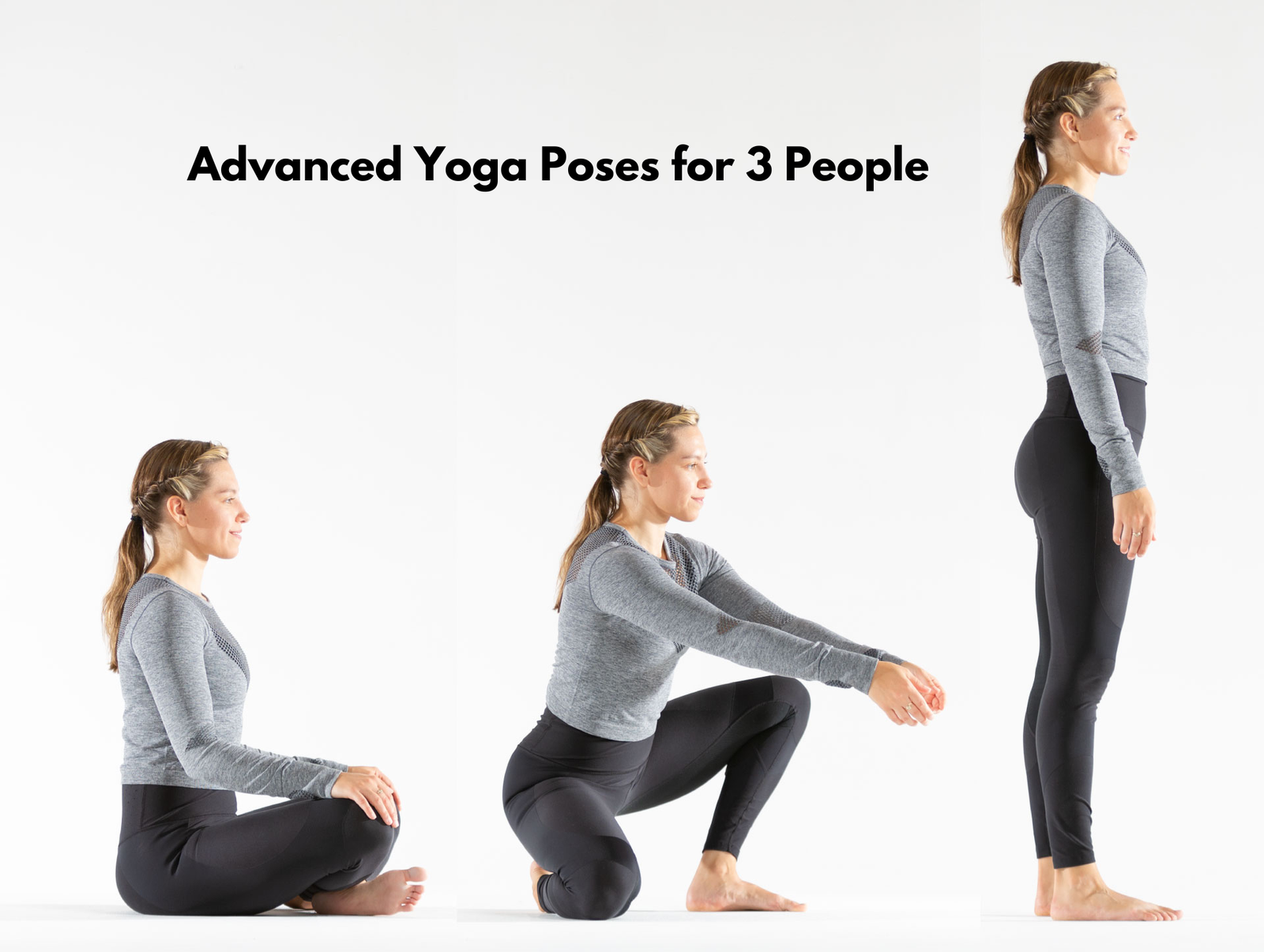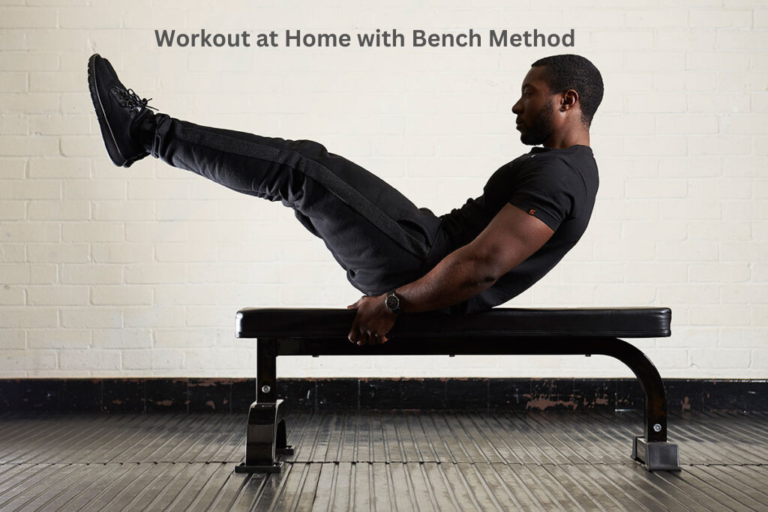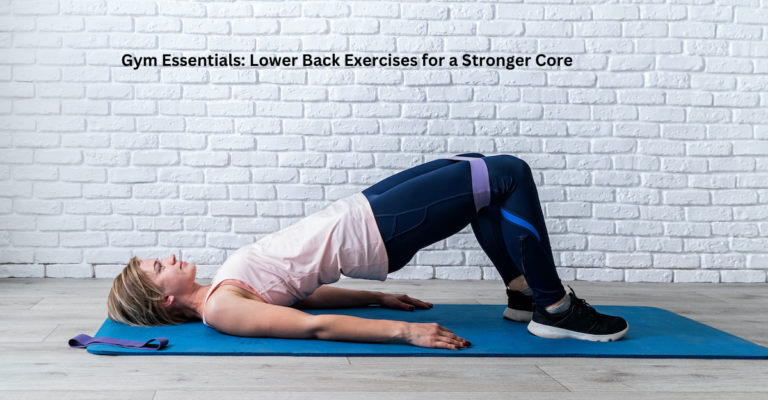Advanced Yoga Poses for 3 People
Yoga Poses for Three Individuals
The experience of practicing yoga with companions can be profoundly enlightening. It not only strengthens the bonds of friendship and fosters a sense of community, but it also enhances the physical benefits of yoga. The experience of three individuals performing yoga poses together can be both rewarding and challenging. The following yoga poses for three people are specifically designed for three individuals and combine cooperation, balance, and coordination.
1. Triple Downward Dog Advantages:
Enhances the core, shoulders, and arms.Hamstrings, quadriceps, and spine are all stretched.
Fosters a sense of trust and collaboration.
Directions:
Person A commences in the conventional Downward Dog position.
Person B positions their hands approximately one foot in advance of Person A’s hands and then meticulously places their feet on Person A’s lower back, thereby establishing an elevated “Downward Dog.”
Person C then positions themselves in front of Person B, placing their hands in front of Person B’s hands, and gingerly placing their feet on Person B’s lower back, thereby forming a three-tiered Downward Dog.
Ensure that all participants maintain balance and communicate by holding the position for a few breaths.
2. Three-Way Child’s Pose Advantages:
Stretches the ankles, quadriceps, and hips.Encourages tension relief and relaxation.
Fosters a sense of tranquility and unity.
Directions:
All three participants kneel in a circle, facing each other.
Come into Child’s Pose by extending your arms forward and lowering your torso.
Each individual should position their head in close proximity to the center of the circle and extend their limbs toward the center of the circle.
Breathe deeply and relax, allowing yourself to be enveloped by the collective energy and tranquility.
3. Headstand for tripod Pyramid Advantages:
Enhances core stability and upper body strength.Enhances coordination and balance.
Improves communication and trust.
Directions:
Person A assumes a Tripod Headstand position, with their hands forming a triangle base and their head resting on the ground.
Person B establishes an inverted L-shape by lifting their legs and placing their hands on either side of Person A’s body. They then position their feet on Person A’s lower back.
Person C stands in front of Person A, places their palms on Person B’s shoulders, and meticulously elevates their legs into a vertical position, with the assistance of Person B’s back.
It is imperative that all three individuals maintain the position for a few breaths to guarantee consistent communication and equilibrium.
4. Three-Way Boat Pose Advantages:
Enhances the spine, hip flexors, and core.Enhances coordination and balance.
Fosters collaboration and coordination.
Directions:
Sit in a circle with your legs extended toward the center and your ankles bent.
Every individual grasp the ankles or wrists of the individual in their opposite position.
Slowly raise your feet off the ground, straightening your legs and assuming a balanced Boat Pose. Your legs will form a tripod.
Maintain the posture for a few breaths, ensuring that the core is engaged and the backs are erect.
5. Human Mandala Advantages:
It improves coordination and flexibility.
Encourages collaboration and innovation.
Enhances the perception of unity and connection.
Directions:
Take a seat in a circle with your legs extended toward the center.
Each individual should slightly lean back and elevate their legs, positioning their feet against the feet of the others to establish a mandala-like pattern.
To improve the connection and equilibrium, clasp hands or interlace fingertips.
Take a deep breath and relish the visual and physical unity that the pose has established.
6. Triple Warrior III Advantages:
Fortifies the shoulders, back, and legs.
Enhances focus and equilibrium.
Improves mutual support and coordination.
Directions:
Arrange yourself in a straight line, with each individual approximately an arm’s length apart.
Person A and Person C rest their hands on Person B’s shoulders to provide support.
While leaning their torso forward, all three lift their back limb and extend it straight behind them, transitioning into Warrior III.
Retain the position for a few breaths, ensuring that balance and stability are maintained through mutual support.
7. Three-Way Plank Advantages:
Enhances the core, shoulders, and arms.
Enhances endurance and coordination.
Strives to foster collaboration and communication.
Directions:
Person A assumes the conventional plank position.
Person B establishes an elevated plank by placing their feet on Person A’s shoulders and their palms on the ground.
A three-tiered plank is formed by placing the feet of Person C on Person B’s shoulders and the palms of Person C on the ground.
Ensure that all individuals maintain a strong core and communicate effectively by holding the position for a few breaths.
8. Triple Tree Pose Advantages:
Enhances focus and equilibrium.
Enhances the core and thighs.
Increases the perception of unity and support.
Directions:
Assemble in a circle, with the left arm of each individual wrapped around the midsection of the person to their left.
In order to achieve Tree Pose, each individual elevates workout at home with bench on right foot and places it against the inner thigh or calf of their left limb.
Raise your right arm overhead, either maintaining your arms open or placing your palms together.
Focus on balance and mutual support while maintaining the pose for a few breaths.
9. Three-Way Cobra Pose Advantages:
Enhances the back and shoulders.
Extends the thorax and abdomen.
It improves coordination and flexibility.
Directions:
In a line, all three participants recline on their stomachs, facing each other.
Cobra Pose is achieved by each individual placing their hands under their shoulders and raising their torso off the ground.
Arch your back and extend your arms, elevating as high as is comfortable.
Hold the pose for a few breaths, allowing the collective stretch and strength to be felt.
10. Three-Way Seated Forward Bend Advantages:
Hamstrings, spine, and shoulders are all stretched.
Encourages flexibility and relaxation.
Fosters synchronization and communication.
Directions:
Take a seat in a circle with your legs extended toward the center.
The hands or feet of the individual in the opposite position are held by each individual.
Slowly lean forward while maintaining a straight back and reaching for the center.
Feel the collective release and relaxation as you maintain the stretch for a few breaths.
Safety Recommendations and Factors
There is a need for meticulous attention to safety and communication when practicing yoga with three individuals. The following are a few suggestions to guarantee a safe and pleasurable practice:
Clear communication is essential when working with others. Ensure that all individuals are secure and balanced by discussing each pose in advance and continuing to converse during the pose.
Warm-Up: Commence with a moderate warm-up to prepare your muscles and joints for the poses. Basic stretches, joint rotations, and moderate cardio can be incorporated to stimulate blood circulation.
Attention to alignment is crucial in each posture. Discomfort or injury may result from misalignment. Ensure that all participants are in appropriate physical condition and make any necessary adjustments.
Building trust is crucial in the practice of companion yoga. Be patient with one another and have faith in the support of your companions. The overall experience is improved by this mutual trust.
Modifications: Not all poses are appropriate for all individuals. Please feel free to adjust the poses to suit the physical capabilities and skill levels of the individual. If necessary, employ supports such as straps or blocks.
respiration: Emphasize the importance of coordinated respiration. The connection between participants is strengthened and balance is preserved through the use of coordinated respiration.
Mindfulness: Maintain a state of awareness and presence during the practice. This fosters a more profound sense of unity and connection, in addition to enhancing the physical benefits.
Conclusion
A distinctive and enriching method of practicing yoga is provided by yoga poses for three people. These poses not only test your physical capabilities but also cultivate a profound sense of collaboration, trust, and connection. These poses can add a new dimension to your yoga practice, regardless of whether you are practicing with friends, family, or fellow yogis. It is important to remember to communicate openly, provide support to one another, and appreciate the shared yoga practice journey.







